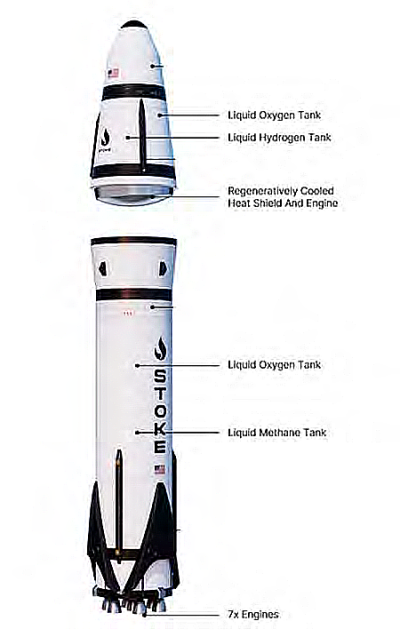Space Force starts environmental impact study of SpaceX’s launches at Vandenberg
In mid-December the Space Force initiated a new environmental impact study (EIS), reviewing SpaceX’s request to significantly increasing the number of launches it would do out of Vandenberg, an increase that could climb to as much as a hundred launches per year.
The EIS will examine the environmental impacts from the redevelopment of Space Launch Complex (SLC) 6 for use by SpaceX for Falcon 9 and Falcon Heavy launches. The Space Force awarded SpaceX access to SLC-6, aka “Slick Six,” in 2023 after the final launch of United Launch Alliance’s Delta 4 from the site.
SLC-6 was built in the 1960s for the Air Force’s Manned Orbiting Laboratory program, which was canceled in 1969 before any launches took place. It was later converted to support Space Shuttle launches, but mothballed after the Challenger accident in 1986 before hosting a single launch. ULA took over the site in 2006.
The EIS would also allow SpaceX to conduct up to 100 launches annually between SLC-6 and its existing launch pad at Vandenberg, SLC-4. That includes booster landings at both launch sites as well as droneships downrange.
This is where we are are in the first quarter of the 21st century. Nothing new can be done anywhere without detailed environmental impact statements that take months, sometimes years, to complete, and almost always conclude that the proposed work can proceed without harm. Often however that conclusion can only come if the government and the private sector agree to funnel cash to environmental causes and organizations, if only to shut them up and prevent further lawsuits. (That’s exactly what happened in Boca Chica. Expect the same now in California.)
It must be noted again that we now have almost eight decades of empirical proof in both Florida and California that rocket launches do no significant harm to the environment, and that if anything they act to protect wildlife by creating large undeveloped refuges in the surrounding land. These new impact statements forced on SpaceX in California, in Florida, and in Boca Chica are therefore nothing more than a government power play, done in order to tell everyone who really is boss.
A new boss however takes over the executive branch of the federal government in only a few weeks. I suspect he will not look kindly at these games. Expect some quick changes almost immediately.
In mid-December the Space Force initiated a new environmental impact study (EIS), reviewing SpaceX’s request to significantly increasing the number of launches it would do out of Vandenberg, an increase that could climb to as much as a hundred launches per year.
The EIS will examine the environmental impacts from the redevelopment of Space Launch Complex (SLC) 6 for use by SpaceX for Falcon 9 and Falcon Heavy launches. The Space Force awarded SpaceX access to SLC-6, aka “Slick Six,” in 2023 after the final launch of United Launch Alliance’s Delta 4 from the site.
SLC-6 was built in the 1960s for the Air Force’s Manned Orbiting Laboratory program, which was canceled in 1969 before any launches took place. It was later converted to support Space Shuttle launches, but mothballed after the Challenger accident in 1986 before hosting a single launch. ULA took over the site in 2006.
The EIS would also allow SpaceX to conduct up to 100 launches annually between SLC-6 and its existing launch pad at Vandenberg, SLC-4. That includes booster landings at both launch sites as well as droneships downrange.
This is where we are are in the first quarter of the 21st century. Nothing new can be done anywhere without detailed environmental impact statements that take months, sometimes years, to complete, and almost always conclude that the proposed work can proceed without harm. Often however that conclusion can only come if the government and the private sector agree to funnel cash to environmental causes and organizations, if only to shut them up and prevent further lawsuits. (That’s exactly what happened in Boca Chica. Expect the same now in California.)
It must be noted again that we now have almost eight decades of empirical proof in both Florida and California that rocket launches do no significant harm to the environment, and that if anything they act to protect wildlife by creating large undeveloped refuges in the surrounding land. These new impact statements forced on SpaceX in California, in Florida, and in Boca Chica are therefore nothing more than a government power play, done in order to tell everyone who really is boss.
A new boss however takes over the executive branch of the federal government in only a few weeks. I suspect he will not look kindly at these games. Expect some quick changes almost immediately.


